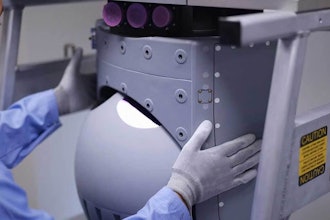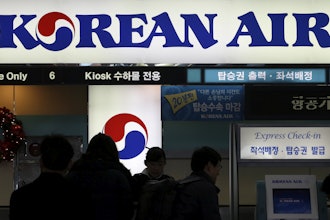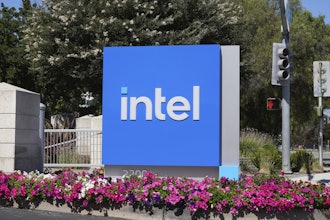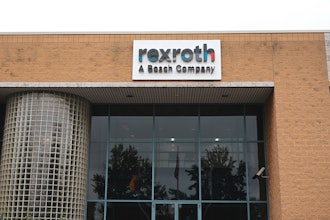
NEW YORK (AP) — Lyft is still losing staggering sums of money as it barrels ahead with impressive revenue growth, but its executives said they believe the company will turn a corner and reach profitability in about two years.
The ride-hailing heavyweight brought in $955.6 million in revenue in the third quarter, up 63% from the same time last year, the company said Wednesday. That beat expectations of analysts polled by FactSet.
But San Francisco company lost $463.5 million in the quarter compared with a $249.2 million loss a year ago. More than half of the loss came from stock-based compensation and payroll tax expenses related to its initial public offering.
On the bright side, Lyft's executives emphasized they believe the company will turn a profit in the fourth quarter of 2021, a year earlier than they had previously projected.
One reason for optimism: Lyft is providing far fewer discounted rides than it did a year ago, according to Brian Roberts, the company's chief financial officer.
"More people are paying full price for rides," Roberts said in an interview with The Associated Press.
Lyft is also focusing on more profitable rides, such as airport or business trips, he said.
"We are very focused on profitable growth, not growth at all costs," Roberts said.
Despite higher average prices, Lyft's number of active riders grew 28% to surpass 22 million.
The money-losing company has struggled to demonstrate a path to profitability, just like its larger rival Uber.
Its share price, which hovered around $44 Wednesday afternoon, has lost about 39% of its value since its stock market debut in March.
But Roberts sought to differentiate Lyft from Uber. "We're not doing food. We're not doing trucking. We are 100% focused on our transportation network," he said.
To boost its revenue with higher-value rides, Lyft is pursuing more partnerships with businesses, universities and medical organizations to provide rides for their customers and employees, said John Zimmer, the company's president and co-founder, in a conference call with investors.
The revenue growth was solid, but the cost of generating that revenue — expenses such as paying drivers — reached $580.7 million, meaning the cost as a percentage of revenue grew compared to the same time last year, said Dan Morgan, vice president and senior portfolio manager for Synovus Trust Company.
"Not to pick at a good report, but obviously the goal is to get costs and expenses down as much as possible so they can drive a profit," Morgan said. "You want those numbers to be going the other way."
Lyft's quarterly losses included $86.6 million in insurance costs to cover potential liability for past claims.
That took some of the shine off its new outlook for profitability, said Tom White, senior vice president at D. A. Davidson.
"That's one things investors are scratching their heads on a little bit," White said.
To reduce the frequency of car accidents and related insurance costs, Lyft is increasing its investment in systems for monitoring risky driving behavior such as speeding and hard breaking, Roberts said. It is also using predictive analytics to reduce fraudulent insurance claims.
In addition, Lyft is exploring selling its legacy insurance claims to a third party, and if a sale goes through, fees associated with the sale could impact next quarter's results, Roberts said.
After accounting for insurance costs and other expenses such as those related to the IPO, Lyft's adjusted net loss was $121.6 million in the third quarter, compared with $245.3 million a year ago.
Lyft is committed to hitting its new profitability timeline despite California's recent passage of a law that requires ride-hailing companies to treat drivers as employees, Roberts said. That costly change could entitle its drivers to minimum wage, benefits and workers compensation, among other things. Uber and Lyft proposed a ballot initiative Tuesday to exempt ride-hailing companies from the new law.
Lyft also rolled out a membership program called "Lyft Pink," which for $19.99 a month gets riders 15% off all rides and surprise upgrades, preferred pickups at the airport and free bike and scooter rides, CEO Logan Green said.






















